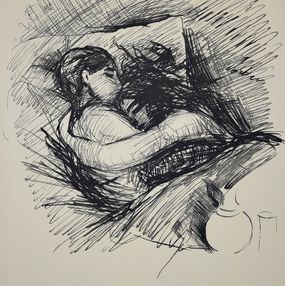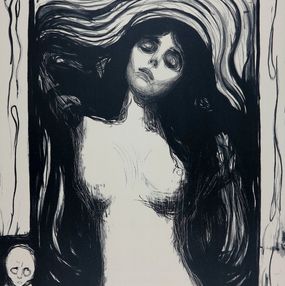
Berliner Secession
The Berliner Secession was an art movement established in Germany on May 2, 1898. Formed in reaction to the restrictions on contemporary art imposed by Kaiser Wilhelm II, 65 artists "seceded," demonstrating against the standards of academic or government-endorsed art. The movement is classified as a form of German Modernism, and came on the heels of several other secessions in Germany, including Jugendstil and the Munich Secession. The upheavals that led to the formation of the Berliner Secession began in 1891 on the occasion of the Great International Art Exhibition in Berlin. A dispute began after the commission of the Association of Berlin Artists rejected images done by Edvard Munch.
Up until this period, the style of German art at the time was closely influenced by France. During the late Imperial period, from around 1888 to around 1918, ideas of nationalism and a political interest in art became more popularized. Germans were interested in what it meant to be German, and what it meant to have a cultural identity through artistic style. Both artists and art collectors had begun to reject what was called French Naturalism, and garnering more interest in German Idealism. A member of the Berlin Secession, Karl Scheffler, categorized the differences in the artistic styles, perception and conception. Perception dictated painting of the natural world and the physical. This was seen as the French way of art. Germans were conceptual painters, who took ideas and gave them form, and preferred to gain inspiration from their own thoughts.
This way of thinking about German art can explain the wide variety of differences in art styles of the Berlin secession. Expressionist artists like Emil Nolde and Edvard Munch were exhibiting with artists who stayed closer to ideas of German Modernism and Impressionism, like Max Liebermann and Walter Leistikow. Although they had artistic differences, they were all painting from the ideas they had at the time. They were also united by their rejection of censorship in art.









